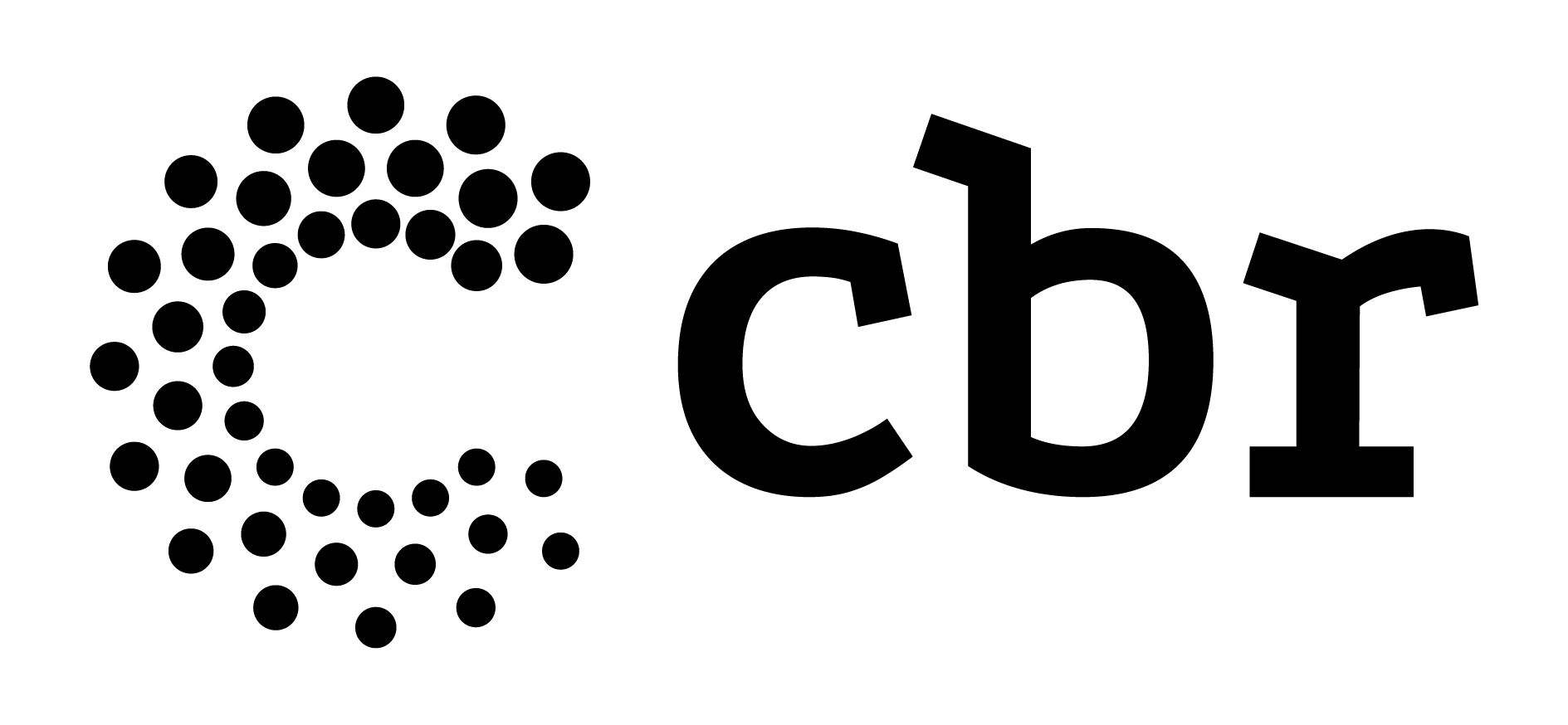In the supplementary health market in Brazil, there are mainly three tables of medical procedures with different applications and uses. These tables dictate the business dynamics in Supplementary Health in Brazil. It is essential to understand these tables, what their applications are and how they impact the management of your clinic and negotiation with health insurance companies.
Compulsory Coverage of ANS List of Health Procedures and Events
The List of Procedures and Events in Health is the mandatory minimum list of exams, consultations, surgeries and other procedures that health plans must offer to consumers. The list is intended for beneficiaries of new plans (contracted from January 1, 1999) or adapted to the law
The first list of procedures established by the ANS was defined by the Supplementary Health Council Resolution - CONSU 10/98, updated in 2001 by the Collegiate Board Resolution No. 67/2001 (RDC 67/2011) and revised again in 2004, 2008, 2010, 2011 and 2013, by Normative Resolutions (RNs) 82, 167, 211, 262, 338, respectively.
Even though the procedure is covered by the ANS List, there may be a DUT (Use Guideline) that limits its coverage, that is, the beneficiary will only be entitled to coverage if it meets the requirements established in the DUT.
In Radiology and Imaging Diagnostics we have the following DUTs: Coronary Angiotomography (DUT 03), Myocardial Scintigraphy (DUT 10), Fetal Doppler Echocardiography w/ MF (DUT 20), Uterine Artery Embolization (DUT 23), Digital Mammography (DUT 52 ), Pet-Scan Oncology (DUT 60), Obstetric Morphological USG (DUT 75), Obstetric USG No. Cerebral Perfusion (DUT 118), Hepatic Ultrasonic Elastography (119) and MRI – CSF Flow (DUT 123).
It is worth noting that the health insurance company's coverage obligation is in relation to the beneficiary, it is not related to the accreditation of the Clinic (service provider). The health operator will accredit service providers according to their need for a service network in a given region.
Creation of the AMB (Brazilian Medical Association) table
In the mid-1990s, due to the large number of procedures, combined with the variety of specialties and continuous innovation, it became necessary to create a table of medical procedures whose purpose was to be a reference for doctors, service providers and for health plan operators.
After a few years of work led by the AMB with the participation of several medical societies, in 1990 the first version of the Medical Procedures Table called “AMB 90” was born. This table raised great expectations for service providers and medical entities to facilitate the operation and negotiation in general.
This first table brought some interesting concepts, such as: Multiplier Coefficient, Value per m² of Film, Operating Cost, Medical Fee, Number of Assistants and Number of Incidents.
Due to the good adherence, the pressure for the inclusion of procedures that had been left out of the first version and the maintenance of prices, in 1992, there was the launch of a new table called AMB 92.
From that moment on, the market understood that periodically there should be new versions due to medical evolution and financial corrections, but there was also an understanding, from health operators, that these new versions were bringing a great financial impact.
Since the AMB 96 version (in Reais) adherence by paying sources has been low, breaking an important concept for the proper functioning of operations, which is that the last table is always the most up-to-date. The AMB 99 (in Reais) was also launched, which also had almost zero adherence!
In 1999, the AMB was forced to stop publishing the tables by law. From that moment on, the paying sources realized the great opportunity and began to create their own procedure tables (CIEFAS, TGA, UNIMED, BRADESCO, SUL AMÉRICA, GOLDEN CROSS, FUNCEF, GEAP, among others).
Before 2003, the Brazilian Medical Association (AMB), the Federal Council of Medicine (CFM) and the National Federation of Physicians (FENAM), created and launched a new concept, the Hierarchical Brazilian Classification of Medical Procedures, called CBHPM.
In this new model, the table modified two coefficients, one to remunerate the doctor, called Porte, and another to remunerate the operating cost, called UCO (Operating Cost Unit), and suggests that an acceptable trading band would be 20% above or 20% below the variation on the current UCO value.
In order to maintain this new model and increase acceptance by paying sources, the National Commission of Medical Fees and the CBHPM Technical Chamber were created in the AMB, which is composed of representatives of the medical entities (AMB, CFM and FENAM) and of paying sources (Unidas, Unimed, Fenasaúde and Abrange).
CBHPM has updated publications for the maintenance of medical procedures and recomposition of the loss with Inflation by updating the Porte and UCO values.
Birth of the TISS Standard (Supplemental Health Information Exchange)
On 05/28/2007, with the publication of RN 153 by the ANS (National Supplementary Health Agency), the TISS standard was born, which establishes a mandatory standard for the exchange of information between operators of private health care plans and providers of health services on health events, carried out with beneficiaries of a private health care plan (later updated by RN 305 on 10/09/2012)
The purposes of the TISS standard are: 1) to standardize the administrative actions of verification, request, authorization, billing, payment statements and disallowance resource; 2) subsidize ANS actions of economic, financial and assistance evaluation and follow-up of private health care plan operators; and 3) compose an electronic record of health care data of beneficiaries of private health care plans.
In 2010, the ANS was moving towards the second phase of implementing the TISS standard (Exchange Information on Supplementary Health). They had already established how the file exchanges worked and the standards for the forms, but they still needed to establish the standard for the content.
Without defining a standard code of procedures and nomenclatures, it would be impossible to use the data to produce information for epidemiological studies, among others. So the first version of TUSS was born in IN nº 44 of 09/09/2010 (IN 44/2010). The table used as the basis for this first version of TUSS was the CBHPM 2010.
Dynamics of Tables
The ANS Roster has neither code nor values, only a description that does not follow the TISS standard, the Rol only determines mandatory coverage, which health operators must obligatorily follow for supplementary health beneficiaries, according to the type of plan contracted. This mandatory coverage applies only to health insurance companies that are governed by the ANS in accordance with Law 9956/98.
The CBHPM has a code, nomenclature of the procedure and based on technical criteria, its purpose is to rank medical procedures, serving as a reference to establish valuation ranges of medical acts by their size. The adoption of the CBHPM table is not mandatory for health insurance companies. In its rule, whenever a new version of the CBHPM is released, it updates and replaces the lists of procedures previously published by the AMB. Coding and description are the same as the TISS standard, but there may be procedures in the CBHPM that do not exist in the TUSS and vice versa. Only at CBHPM there are billing rules! Whenever a new procedure is created in the CBHPM or TUSS, a process for including the same procedure in the TUSS or CBHPM must be carried out. It is not an automatic process, the CBHPM and the TUSS have different autonomy in relation to each other.
TUSS only has procedure codes and nomenclatures, but health care providers governed by the ANS are required by law to follow the codes and nomenclatures of medical procedures of the TISS standard. Often the extent of the procedure is described in the nomenclature of the procedure, so the health care provider cannot determine by its own will to change this description to expand or change the focus of this procedure.
Understanding the dynamics of the medical procedure tables above is essential for accreditation and commercial negotiations with paying sources, small changes to the descriptions of the procedures can lead to losses of 50% in the value of the procedure or even disallowances in 100% of the procedures.
doctor Carlos Moura
Professional Defense




